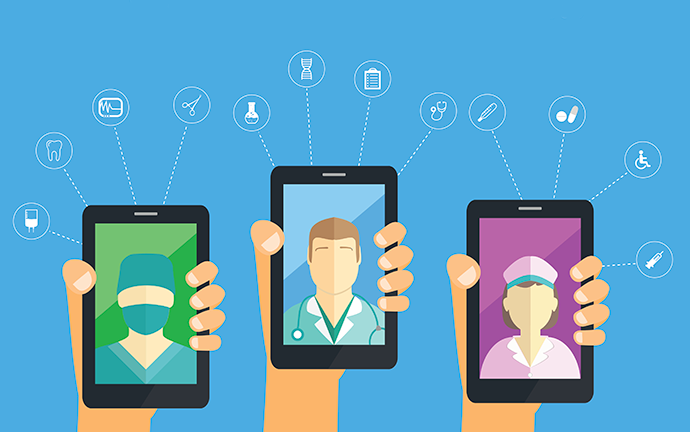The United States is known worldwide for being a country that spends huge amounts of money on healthcare. This is not just a stereotype of the country but something that is based in fact with the highest GDP on healthcare in the world.
With so much more being spent, surely there would be better outcomes for patients? Sadly this is not exactly the case. The reason for the high costs and seemingly normal outcomes as related to the rest of the medical world are the direct results of high insurance costs, high staff salaries, poor access to all of the right procedures and supplies as well as poor lifestyle choices. Though these are not the only factors, but ones that play a major role.
How Do We Remedy This Problem?
Hospitals and healthcare centers are independently trying to improve their care and keep their own costs down, hoping to pass the savings onto their patients. Some facilities have been quite successful while others have remained the same or have even failed.
These varied results have made it difficult to know what aspects of each facility were helping keep costs down until modern technology was introduced. Using technology, patients and healthcare professionals are able to interact in a more effective way that benefits everyone involved.
The Benefits Of Modern Devices In Hospitals
Devices like the iPhone and iPad, in particular, have had a huge impact on how doctors and patients interact, how information is stored, how forms are filled out, how labs are accessed and so much more.
These devices hold all of the information that it would have previously taken hours to write and then sort through later. This has increased productivity all around, from the medical professionals to the administrators.
Size
Not only are these mobile devices able to hold all of the information needed, but they are also easy to slip into a pocket or lab coat. Rather than having hundreds of bulky folders, the provider will have just one device to worry about.

Access
The electronic information held within the device on a medical server can more easily be accessed and compared against normal ranges of health. This helps to eliminate human error and will also help health professionals to assess patients quickly.
Related reading:
When the provider has access to the information immediately, it means that in case of emergency they are able to quickly review medical history and treat the patient accordingly. This is a great example of technology changing healthcare in a totally beneficial way.
Wait Time
The lab results that would have taken hours to receive are now sent directly to the device of the provider in the patient’s file and can be immediately analyzed. Patients and providers getting results quicker is always a good thing.
Data Entry
These devices not only hold the information, but they are also extremely effective when it comes to information input. Rather than complicated forms, these devices have forms that will auto-fill pre-known information and provide drop-down menus. The information is then immediately stored for the provider to access. This electronic data storage also means that no files will be lost in the daily activity of a hospital.
Time-Saving
The main thing that mobile technology in healthcare has helped to cut down on is the time wasted by patients, administration employees, and providers. There is no time wasted filling out forms, waiting for results or reviewing a patient’s file. In cutting down on the time wasted in these aspects, providers are better able to focus on their patients, dedicating more time to each. This also cuts down on the need for such extensive administration staff, therefore cutting costs there.
Mobile Healthcare Apps For Doctors
Healthcare providers are using applications to access patient information. This makes doing routine checks, such as rounds, much faster. Apps like Epocrates and UpToDate keep the information well within reach of the health professionals on their mobile devices. EMR systems like Epic also make having patient information easy with a mobile application.
You may also read: AR / VR in Healthcare: How Does It Work?
Considering Developing a Healthcare Mobile App?
Download Free EbookEasily Accessed Resources
Doctors are not only able to access the patient’s current information and history more easily, but they are able to have access to entire medical journals and resources that will assist them in making a diagnosis. This combination has led and will lead in the future to there being fewer mistakes in terms of care.
Using mobile devices can also give doctors access to one another to share information, ask questions, and workshop particularly difficult cases. This also allows them to request patient information as well as scheduled appointments.
The Changes And What Is To Come
That’s basically how technology has changed healthcare so far and this is only the beginning. While the market for creating healthcare applications and programs has been lacking due to unclear regulations for information sharing through applications, more developers are discovering what medical professionals need to make their services more effective and how to work with the privacy laws and regulations to make that happen.
These apps can help with anything from information storage to diagnosis assistance. Mobile application development cost is nothing compared to benefits. Using these apps to gather information and teach doctors more about the patients will only result in better care, less time wasted, and less money spent.
Are you interested in modern technologies in the healthcare industry? Read about convolutional neural networks in medicine.
Want to receive reading suggestions once a month?
Subscribe to our newsletters